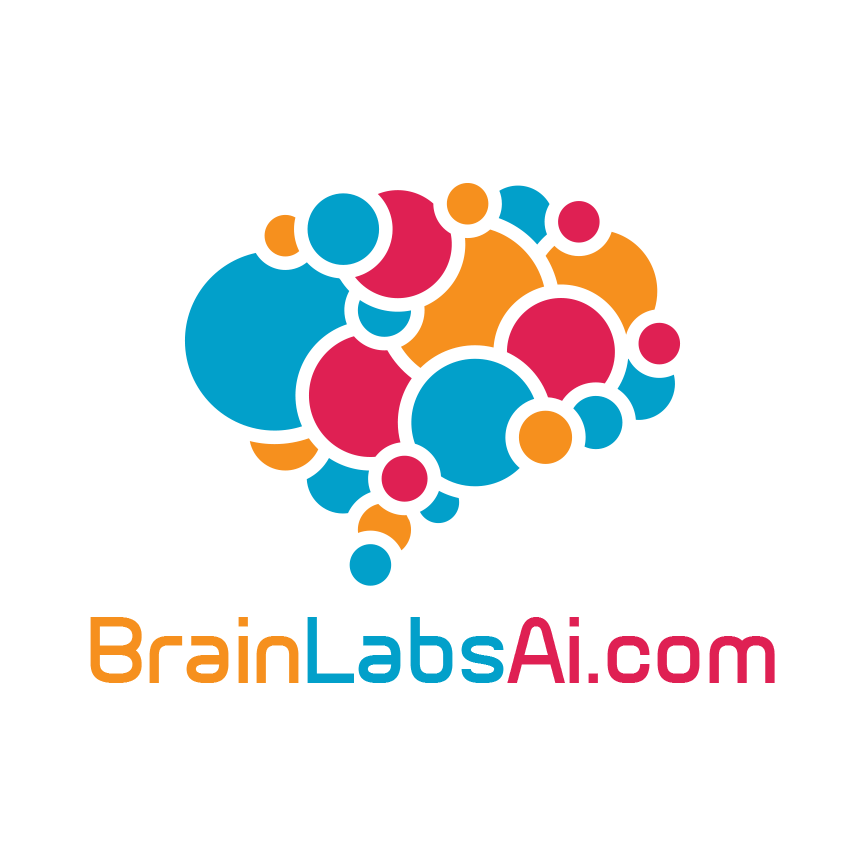When it comes to the United States immigration system, there are a vast number of visa categories, each designed to suit specific needs and circumstances. This guide aims to provide you with a high-level overview of the different types of U.S. visas to help you understand your options better.
Nonimmigrant Visas
Nonimmigrant visas are for individuals who plan to stay in the U.S. temporarily. The reasons can vary, including tourism, business, work, or study.
- B-1/B-2 Visitor Visas: These are the most common types of visas, issued for short-term business activities (B-1) and tourism, vacation, or medical treatment (B-2).
- F-1 Student Visas: These are granted to individuals who wish to study at an accredited U.S. educational institution.
- J-1 Exchange Visitor Visas: These are issued for individuals participating in work-and-study-based exchange visitor programs.
- H-1B Work Visas: For individuals who have been offered a specialty occupation job by a U.S. employer.
- L-1 Intracompany Transferee Visas: These are for managers, executives, or specialized knowledge employees transferring to a U.S. branch of their current employer.
- O, P, and Q Visas: These visas are designed for athletes, artists, entertainers, and culturally unique performers.
Immigrant Visas
Immigrant visas allow individuals to become permanent residents of the U.S. The main categories include:
- Family-Sponsored Visas: For immediate relatives of U.S. citizens or legal permanent residents. These include the IR (Immediate Relative) and F (Family Preference) visa categories.
- Employment-Based Visas: For individuals who have a job offer from a U.S. employer. These include the E1 (Priority Workers), E2 (Professionals Holding Advanced Degrees and Persons of Exceptional Ability), E3 (Skilled Workers, Professionals, and Unskilled Workers), E4 (Certain Special Immigrants), and E5 (Immigrant Investors) categories.
- Diversity Lottery Visas (DV): The U.S. Department of State runs a Diversity Immigrant Visa Program that randomly selects individuals from countries with low immigration rates to the U.S.
- Special Immigrant Visas (SIVs): These are for specific categories of individuals, like Afghan and Iraqi interpreters or religious workers.
Refugee and Asylum Seeker Status
The U.S. also grants protection to individuals who have been persecuted or fear they will be persecuted due to race, religion, nationality, political opinion, or membership in a particular social group. They can apply for asylum or refugee status.




